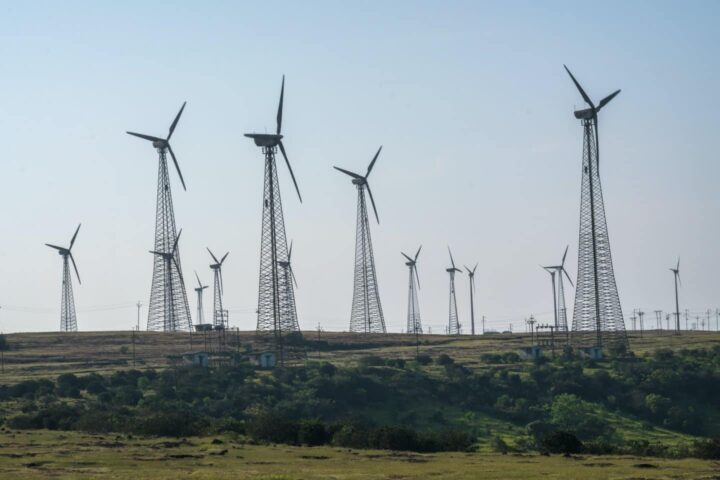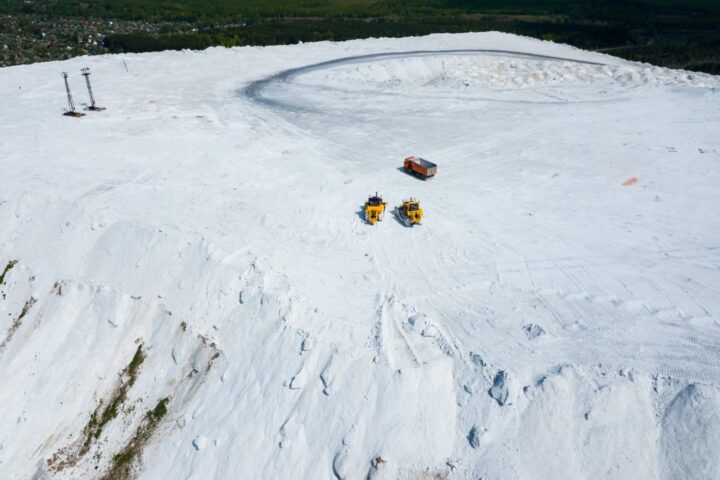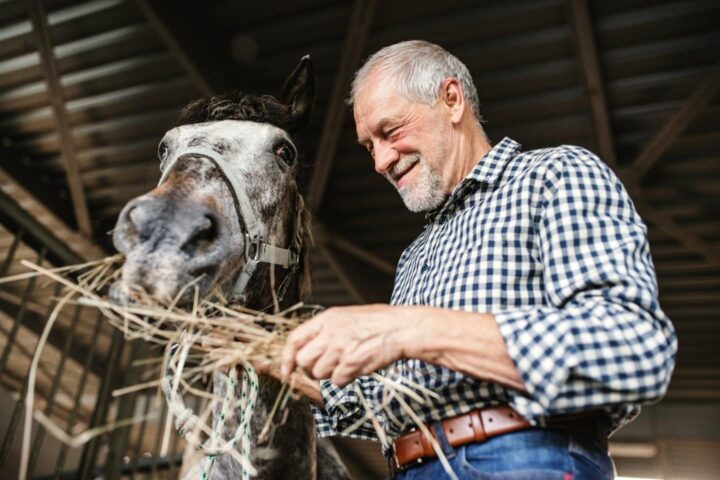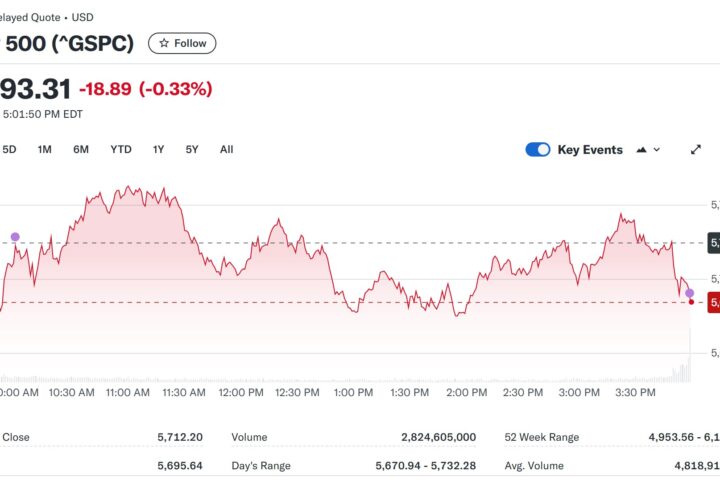A remarkable 200-million-year-old pterosaur fossil unearthed in southern Germany has shed light on the evolutionary transition of these flying reptiles. Researchers from Queen Mary University of London, led by paleontologist Dr. David Hone, describe the newfound species, Skiphosoura bavarica, in a recent issue of Current Biology.
A Perfectly Preserved Specimen
Skiphosoura bavarica boasts a 2-meter wingspan, akin to the golden eagle, and features a distinctive short, stiff, and pointed tail. The exceptionally preserved fossil, showcasing nearly every bone in three dimensions, bridges the evolutionary gap between early pterosaurs and the massive giants that dominated later periods.
Evolutionary Puzzle Pieces
Pterosaurs were traditionally divided into two groups: early non-pterodactyloids and later pterodactyloids. Skiphosoura reveals the transitional phases, exhibiting a pterodactyloid-like head and neck, alongside a longer wrist and shorter toe and tail. This discovery completes the evolutionary sequence:
- Early pterosaurs
- Dearc (Scottish pterosaur)
- Darwinopterans
- Skiphosoura
- Pterodactyloids
Expert Insights
“This incredible find helps us piece together how these amazing flying animals lived and evolved,” says Dr. David Hone.
Key Takeaways
- Intermediate species: Skiphosoura bridges the evolutionary gap between darwinopterans and pterodactyloids.
- Evolutionary sequence: Complete transition from early pterosaurs to pterodactyloids.
- Size increase: Transitional species exhibit larger sizes, foreshadowing gigantic pterodactyloids.
- Pterosaur diversity: Skiphosoura expands understanding of pterosaur evolutionary relationships.
References
Hone, D., et al. (2024). Current Biology.

















